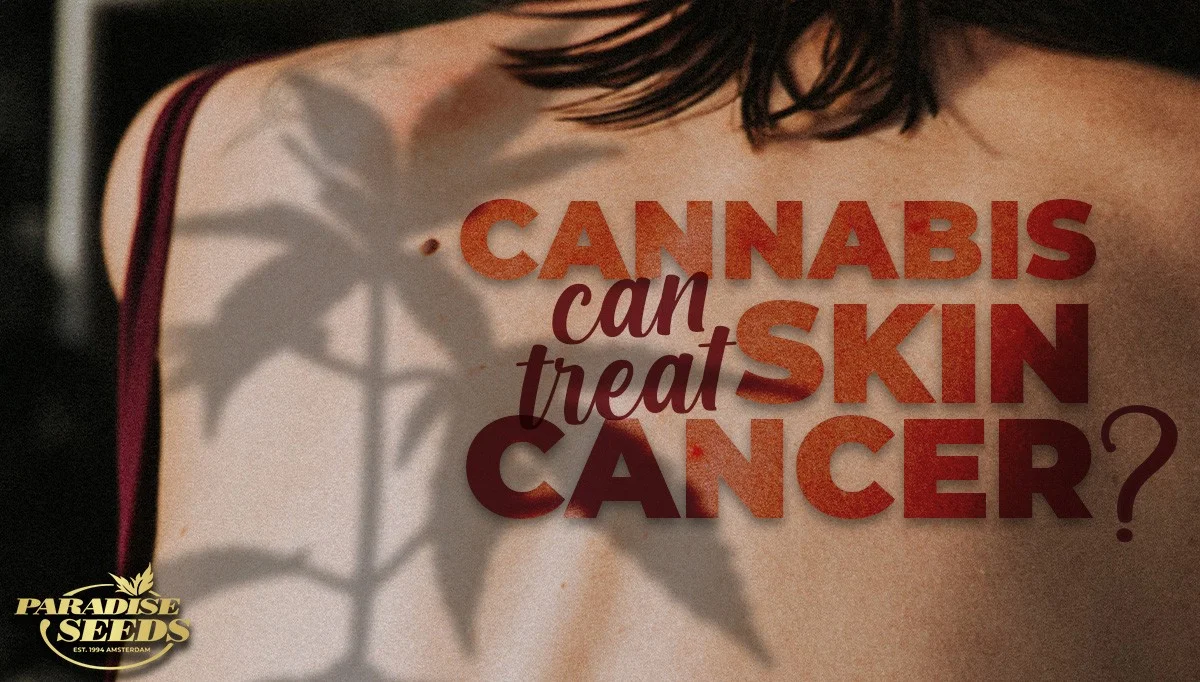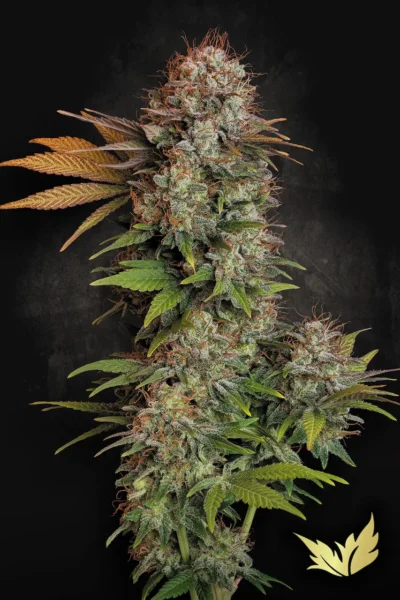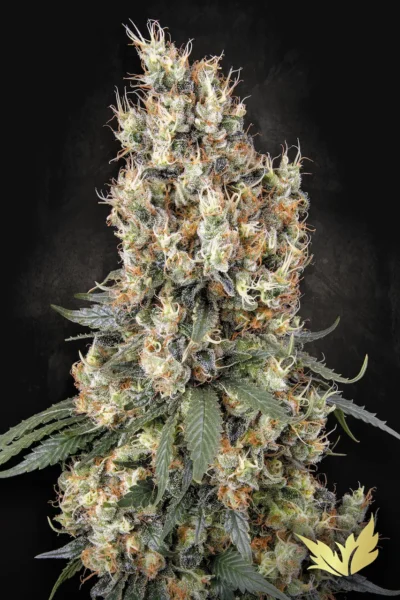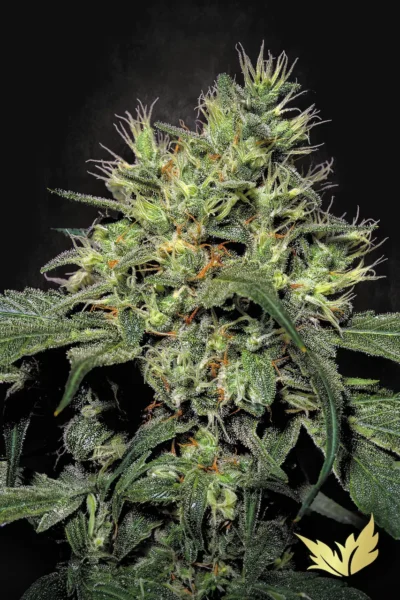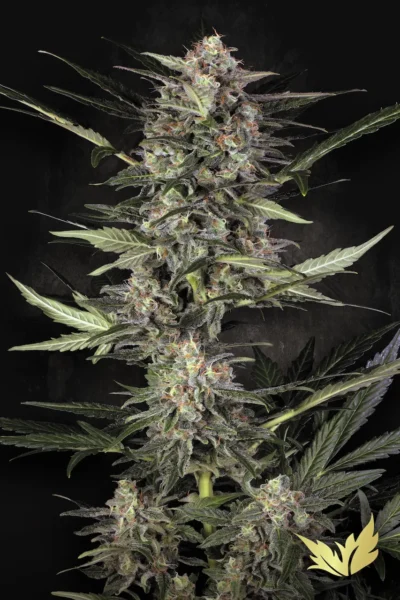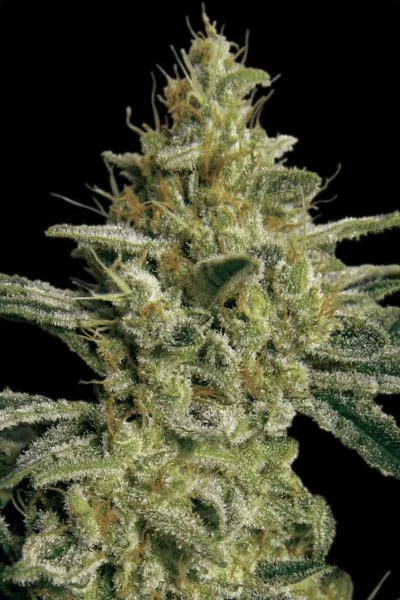In recent years there have been more studies focusing on the potential of cannabis as a skin cancer treatment. A number of studies have highlighted the potential of cannabis, in the form of cannabinoids, to reduce the proliferation of cells and stimulate apoptosis (literally meaning ‘cell suicide’) in melanoma cells.
While direct exposure to the sun provides the body with beneficial vitamin D, over exposure is a common cause of skin damage, manifesting itself in the form of sunburn in the short term and long term effects such as skin discoloration (so called ‘age spots’).
More extreme conditions caused by overexposure to the sun include the skin cancer conditions carcinoma and melanoma. The World Health Organization estimates global melanoma cases will reach close to half a million by 2040 (a 62% increase on 2018 figures).

Rick Simpson, RSO and Skin Cancer
For anyone who has researched into the potential of medical cannabis, the name Rick Simpson, will be familiar. The prominent medical cannabis advocate and activist developed a skin cancer condition (basal cell carcinoma) in 2003 and treated himself by creating a cannabis oil formula.
Rick Simpson Oil (or RSO), is made by mixing cannabis plant matter with 99% isopropyl alcohol and heating until the solution becomes a concentrated oil, and has become a blueprint for medical cannabis user self treatment.
Rick Simpson claimed that his cancerous growths disappeared in just a few days as a result, and was a huge source of information and hope for many thousands of cancer patients around the world. While there is interest in such anecdotal claims, the medical community demands scientific evidence to provide legitimacy.
The Science of Cannabis as a Skin Cancer Treatment
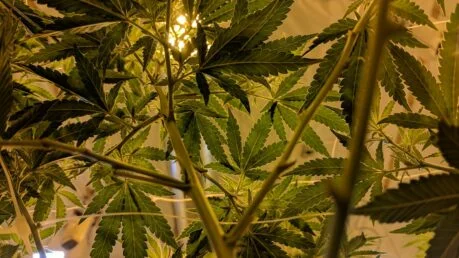
With rising skin cancer levels described as a global epidemic by the WHO, cannabis as a melanoma treatment is inevitably a popular area of research.
Due to the aggressive nature of melanoma (which can quickly spread to other parts of the body), conventional treatments such as chemotherapy and immunotherapy are limited in their effectiveness.
Studies have therefore focused on the potential of cannabinoids which interact with the endocannabinoid system which regulates skin homeostasis (i.e. maintaining a state of stability).
The attraction of a cannabis treatment for skin cancer, utilizing cannabinoid compounds such as THC and CBD, is that they can be applied to cancerous cells without impacting on healthy cells in the same way that traditional cytotoxic therapies such as chemotherapy do.
A combination of THC and CBD in the form of a co treatment has been shown to have a cytotoxic effect on cells through a study by the Complutense university in relation to glioma (brain cancer) growth, with THC in particular displaying an anti-tumour effect on melanoma cells in the same study.
Additional research has tested the hypothesis that cannabinoids promote autophagy-dependent apoptosis in melanoma (i.e. causing cell death and healthy cell renewal). Conducted using mice in a laboratory, the study suggested that cannabinoids were more successful at promoting cell death and limiting tumour growth than traditional chemotherapy treatments.
While the body of scientific research is growing in relation to cannabis and melanoma treatment, advancements are limited to very small trials and significantly lack the evidence that comes with clinical trials involving human subjects.
Therefore experiences such as Rick Simpson’s, should be viewed within the context of anecdotal, not scientific evidence, and anyone considering the medical cannabis oil route should ensure they do their research thoroughly and should also seek medical advice before embarking on treatment.
While the future may well bring medically approved practices involving cannabis based treatments for skin cancer, the message for today’s sun worshippers is to think seriously about the melanoma risk and take it easy on that sunbed…
-
🏆 Sale!
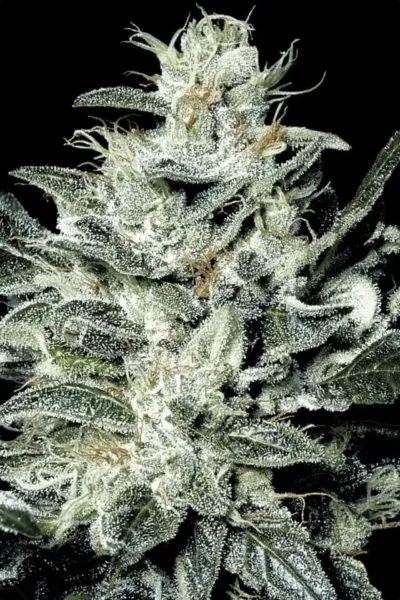
€39.50 – €108.00
€29.63 – €81.00 Select options This product has multiple variants. The options may be chosen on the product page -
€35.50 – €96.50 Select options This product has multiple variants. The options may be chosen on the product page
-
€29.50 – €79.00 Select options This product has multiple variants. The options may be chosen on the product page
-
€22.50 – €59.50 Select options This product has multiple variants. The options may be chosen on the product page
-
€25.50 – €69.50
€19.13 – €52.13 Select options This product has multiple variants. The options may be chosen on the product page -
€29.50 – €79.00 Select options This product has multiple variants. The options may be chosen on the product page


